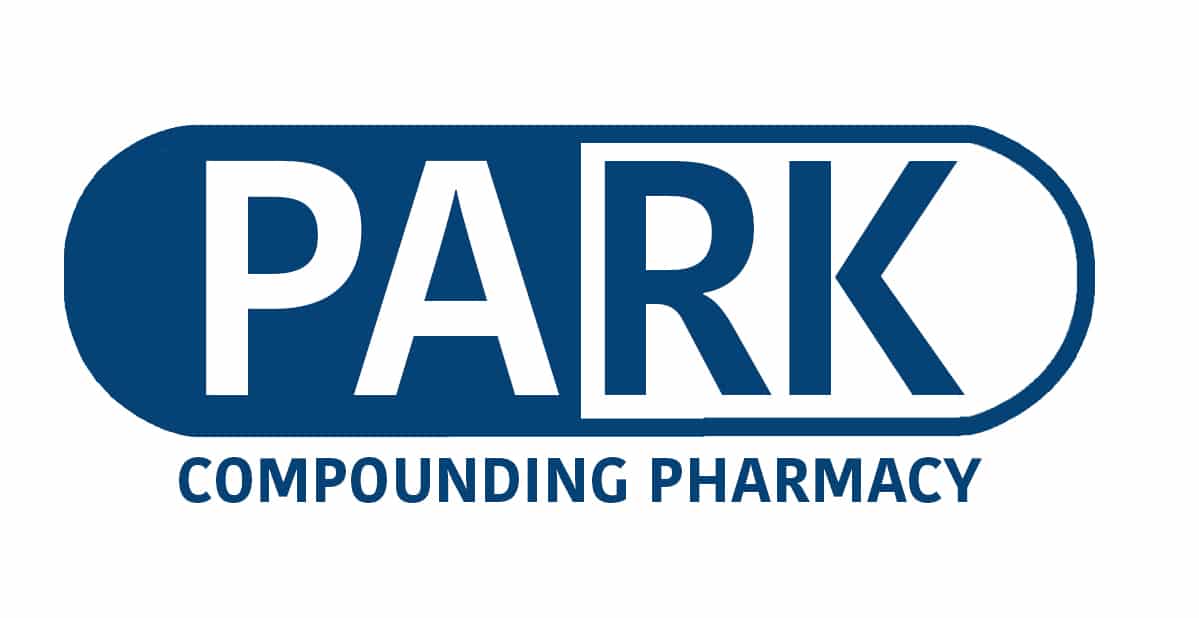Melasma is a difficult-to-treat skin condition that is experienced by many women at some point in their lives. Avoidance of triggers is the primary way that flare-ups are prevented. Topical creams that contain lightening ingredients the most frequently prescribed treatment. The causes of melasma can include stimuli such as sex hormones, oral contraceptives, and sun exposure. Because of the variety of triggers that exist there are numerous suspected underlying mechanisms. Since the exact causes of melasma and how it affects the skin for each individual are not completely understood yet, new treatment methods are consistently being researched. While much of the focus on melasma treatment is about lightening products, the vascular abnormalities associated with melasma are being studied as another possible treatment target.
A New Systematic Review
A retrospective review of published literature on treating the vascular aspects of melasma was recently published in Dermatologic Surgery. The study authors state that, “emerging evidence indicates that melasma pathogenesis may involve aberrant angiogenesis and vasodilation of dermal blood vessels, rather than solely increased melanogenesis resulting in hyperpigmentation.” Typically, treatments for melasma focus on melanogenesis – which is the creation of the pigment melanin. In melasma, the pigment melanin is over-produced in certain regions of the face and other areas. This makes the skin darker and brown in patches.
What this review shows, however, is that targeting only melanogenesis is not the only way to treat melasma. This is not a new concept in melasma treatment, but the review provides a summary that shows that a combination treatment may work best and brings together findings from multiple studies. A combination therapy may include both topical treatments for managing melanogenesis and topical or oral treatments for treating an underlying vascular component. While the evidence exists for a more comprehensive melasma treatment regimen, some providers may still be sticking to using only a lightening cream with hydroquinone to treat melasma.
Vascular Components of Melasma
It has been shown that the development of pigmentation in melasma can be influenced by the interaction between melanocytes and the cutaneous vasculature. Elevated vascularization of melasma has been associated with elevated vascular endothelial growth factor (VEGF) in keratinocytes. Patients with melasma often have increases in mast cells that release histamine, VEGF, and other mediators that promote vascular proliferation. Through the process of angiogenesis and the mediators it produces, melanocyte activation and melanin production can be stimulated. VEGF has been shown to be the likely cause of increased vasculature in melasma patches.
It is hypothesized that the vascular component of melasma is the reason it appears in certain areas of the face while being absent in other areas. Melasma almost always occurs in symmetrical patches on the cheeks but does not appear uniformly over the entire face. The increased vasculature of the areas where melasma appears implicates this component as being essential to understanding how to effectively treat melasma.
What Are Vascular Treatments for Melasma?
Vascular treatments for melasma can include lasers treatments like Fraxel and topical/oral formulations like tranexamic acid.
Laser/Light Treatments
The researchers in the retrospective review found that a 1927 nm low-power fractional diode laser was able to reduce melasma by over 50% in over half of patients. The 1927 nm fractional laser is a part of the Fraxel DUAL laser system, which is commonly used in dermatology offices for laser skin resurfacing. Besides melasma, it is used for treating actinic keratosis, fine lines and wrinkles, and to minimize scar appearance. In another study, patients that showed vascular involvement in their melasma had greater improvement after applying a tranexamic acid topical for 8 weeks than those who applied a cream without tranexamic acid.
Laser treatment for melasma is often preferred by patients because it usually provides faster results than topical creams. The satisfaction ratings will usually even out after about 6 months though. At this point, the effectiveness of lasers vs. creams is comparable. Some patients may use a combination of lasers and creams to manage their melasma. Treating both the dermal and vascular components of melasma may provide better results.
Tranexamic Acid
Tranexamic acid cream is not commercially available in an FDA approved medication but it can be made by a compounding pharmacy with a prescription. Tranexamic acid is more commonly used to control bleeding after childbirth, major trauma, tooth removal, or for heavy menstrual bleeding. We have discussed the use of tranexamic acid in other articles, including its use in melasma treatments and in managing bleeding during and after oral procedures. The drug itself has been used for decades but there are still no readily available topical formulations. A compounding pharmacy can make tranexamic acid in a cream in any required strength.
Further Research
It is clear that melasma is a stubborn condition that requires a multi-faceted treatment approach. New research is being published every year that helps dermatologists better understand the condition. What is known now is that there are treatments that work and that there are multiple possible treatment targets – including the vasculature of the face. Topical creams, oral therapies, and laser and light treatments can help patients get clearer skin.
Articles
Evaluation of a Low Energy, Low Density, Non-Ablative Fractional 1927 nm Wavelength Laser for Facial Skin Resurfacing – Journal of Drugs in Dermatology
The vascular characteristics of melasma – Dermatological Science
Targeting melasma’s vascular component improves treatment outcomes, prevent relapse. – Dermatology Times
